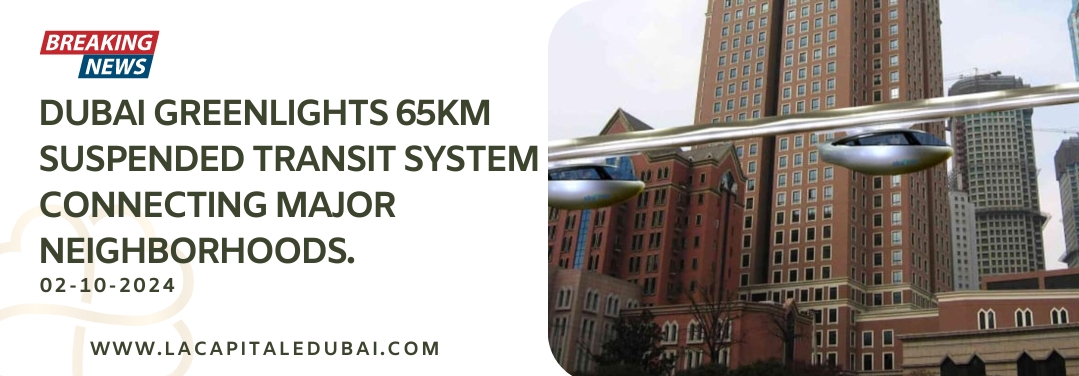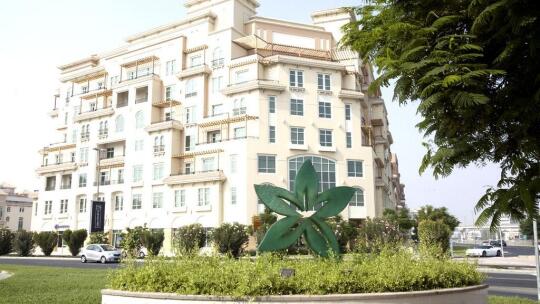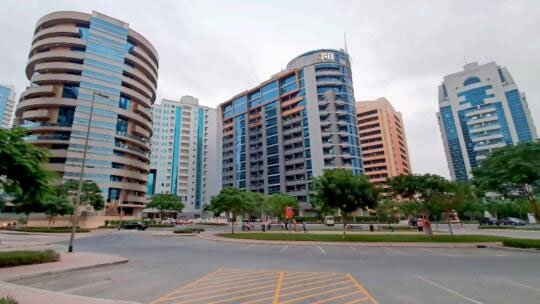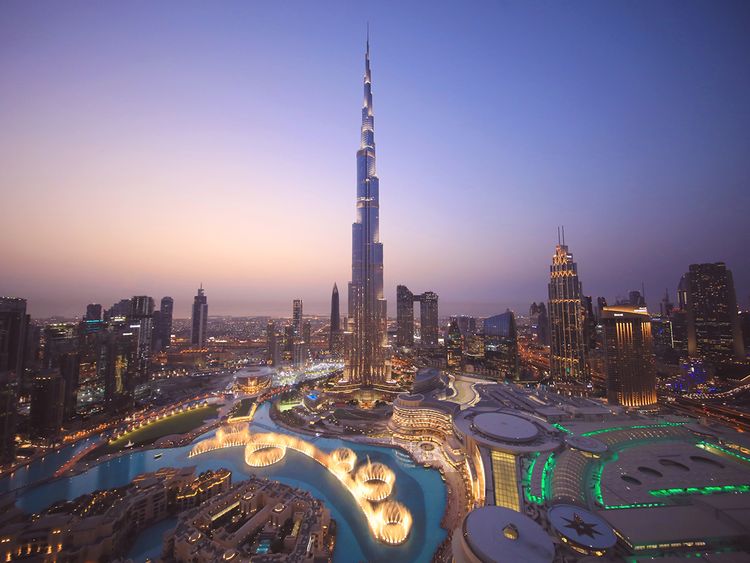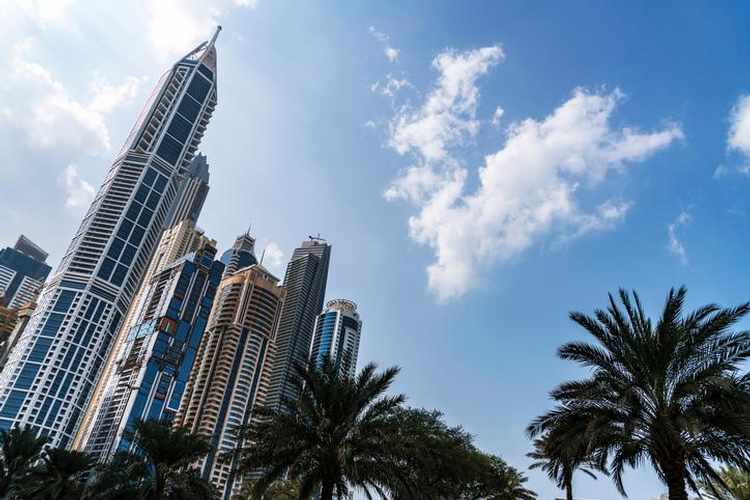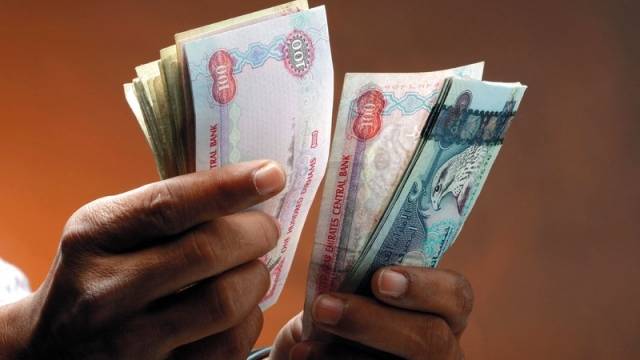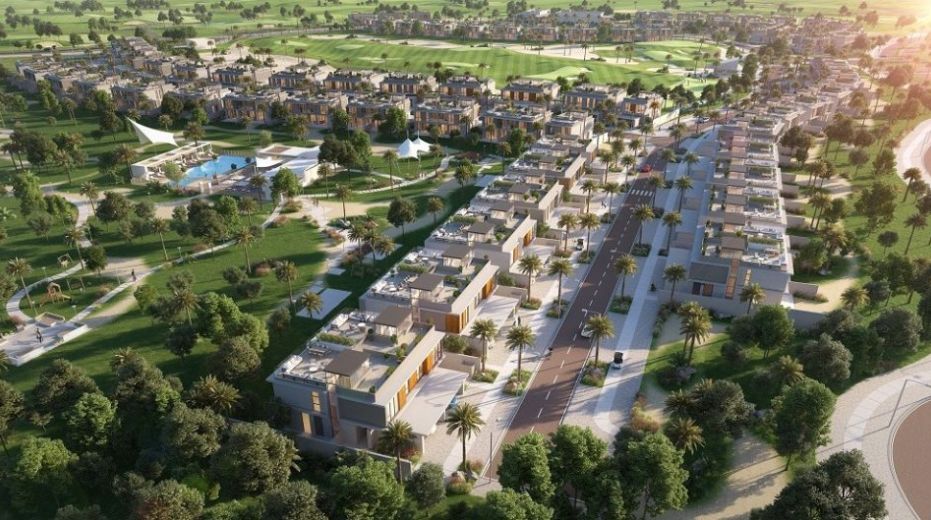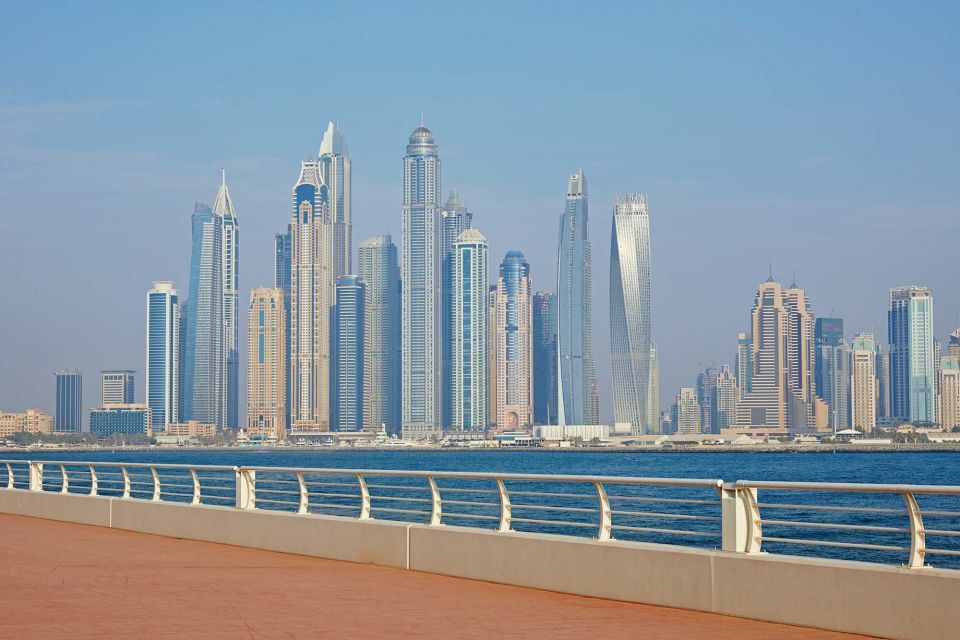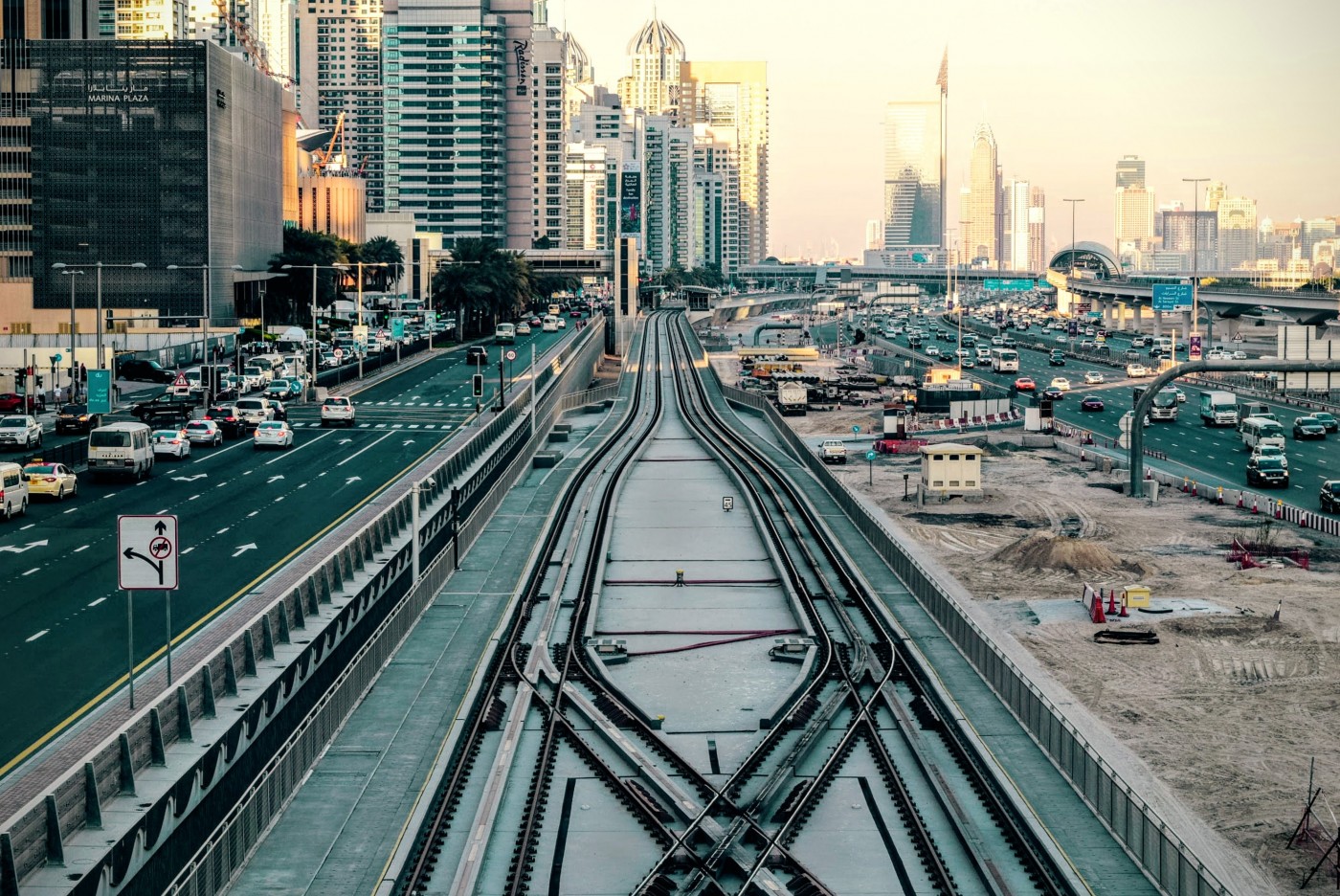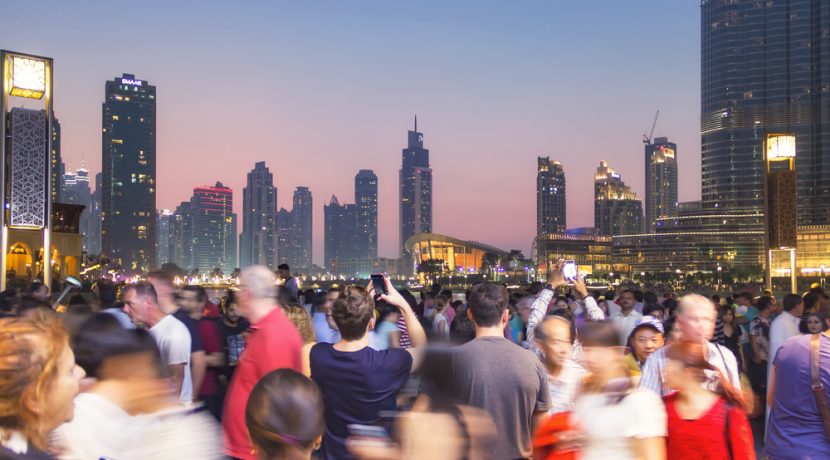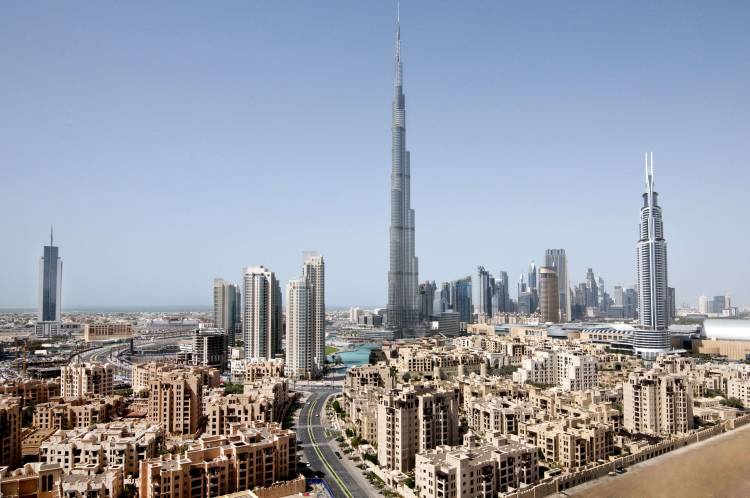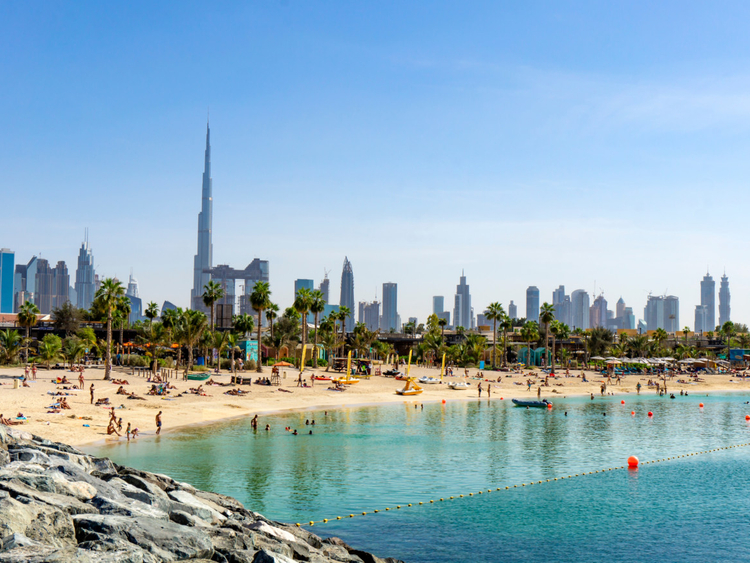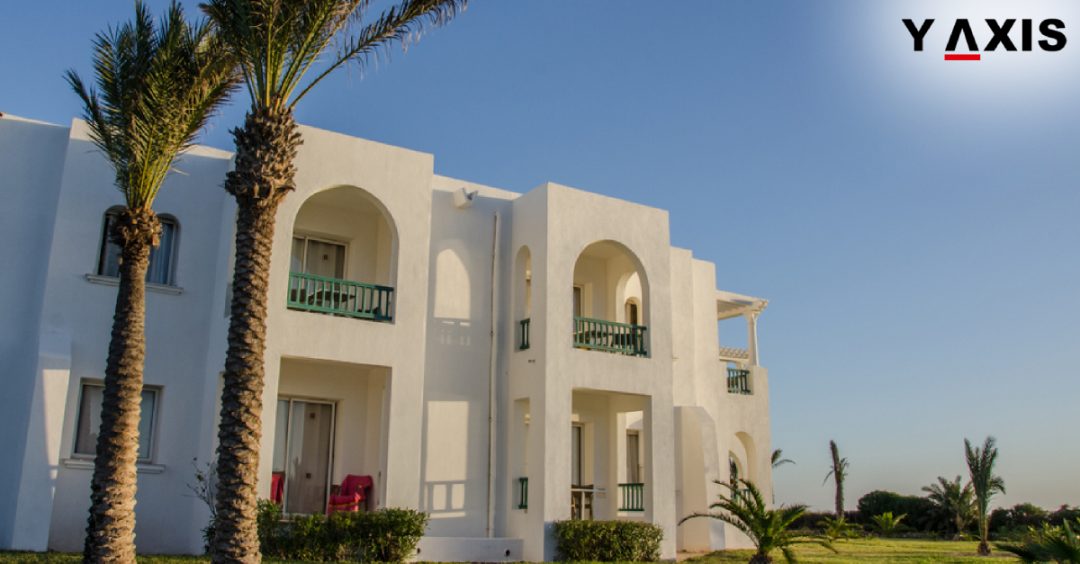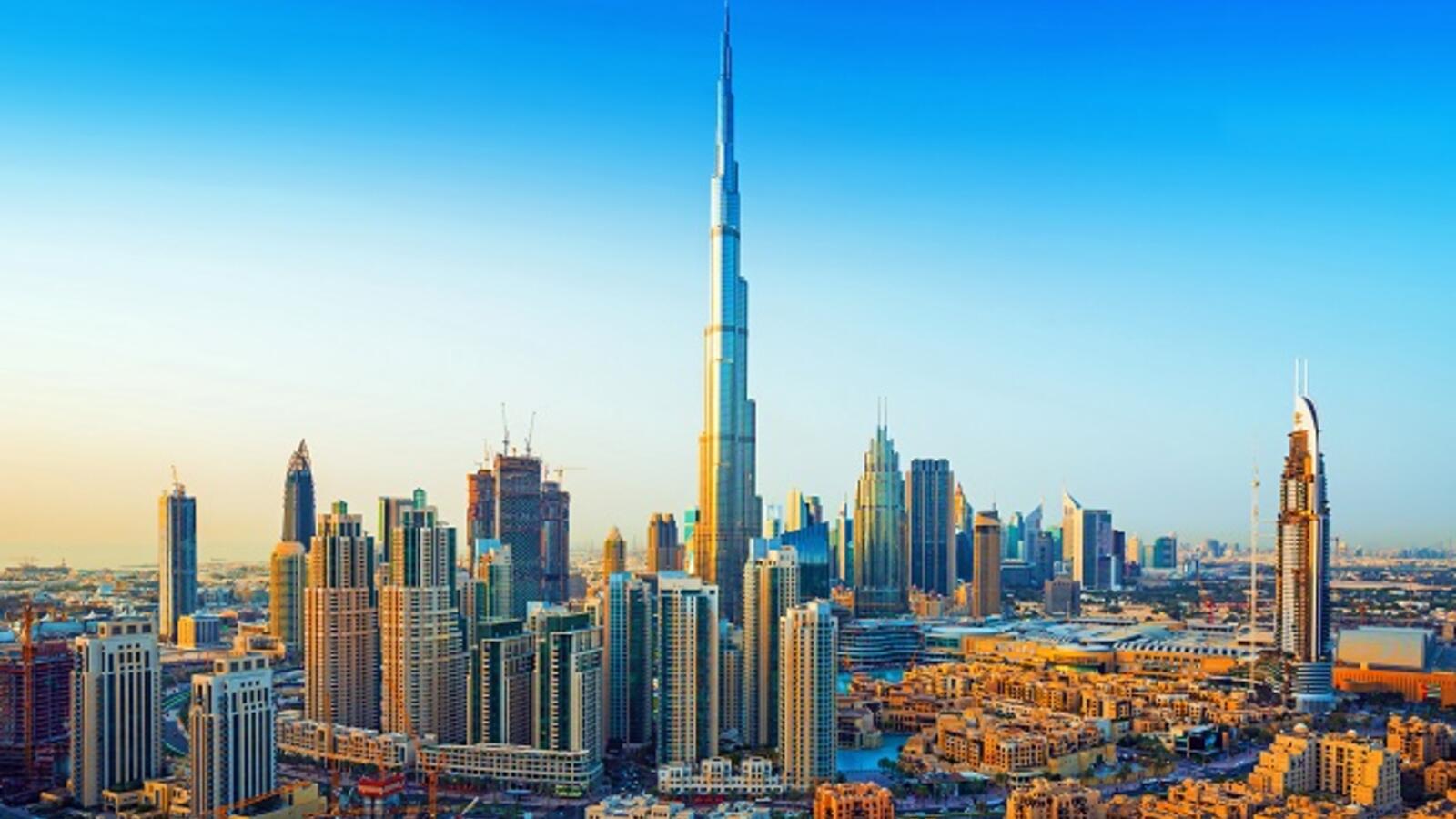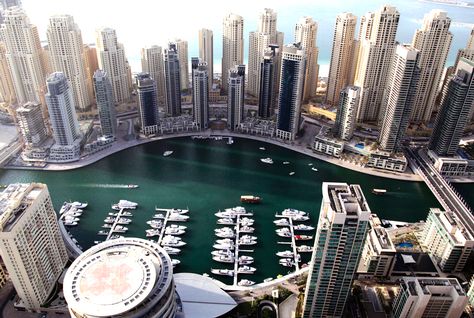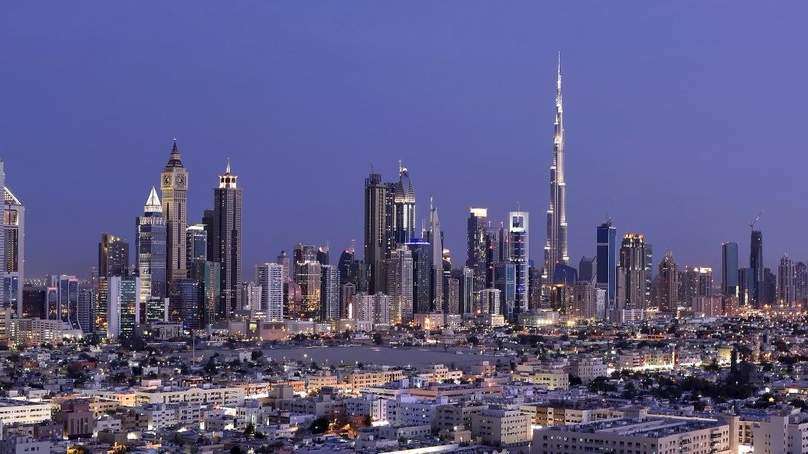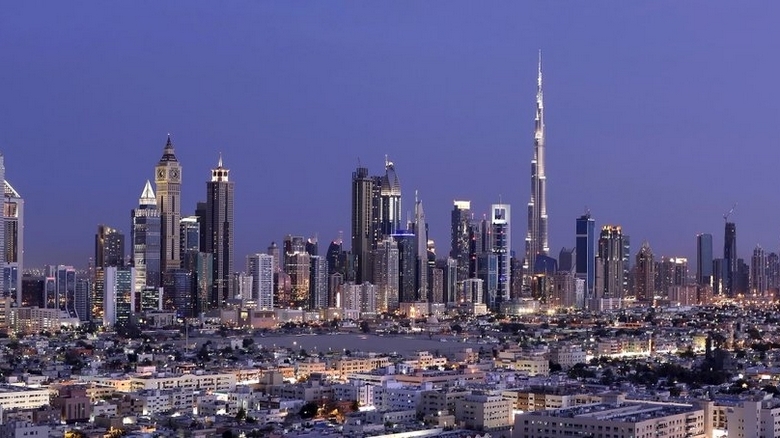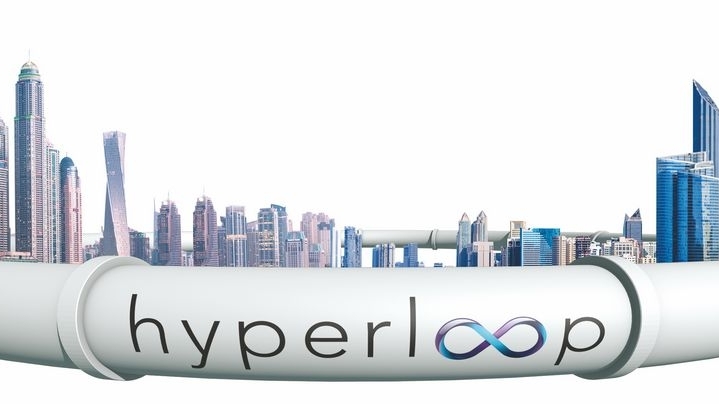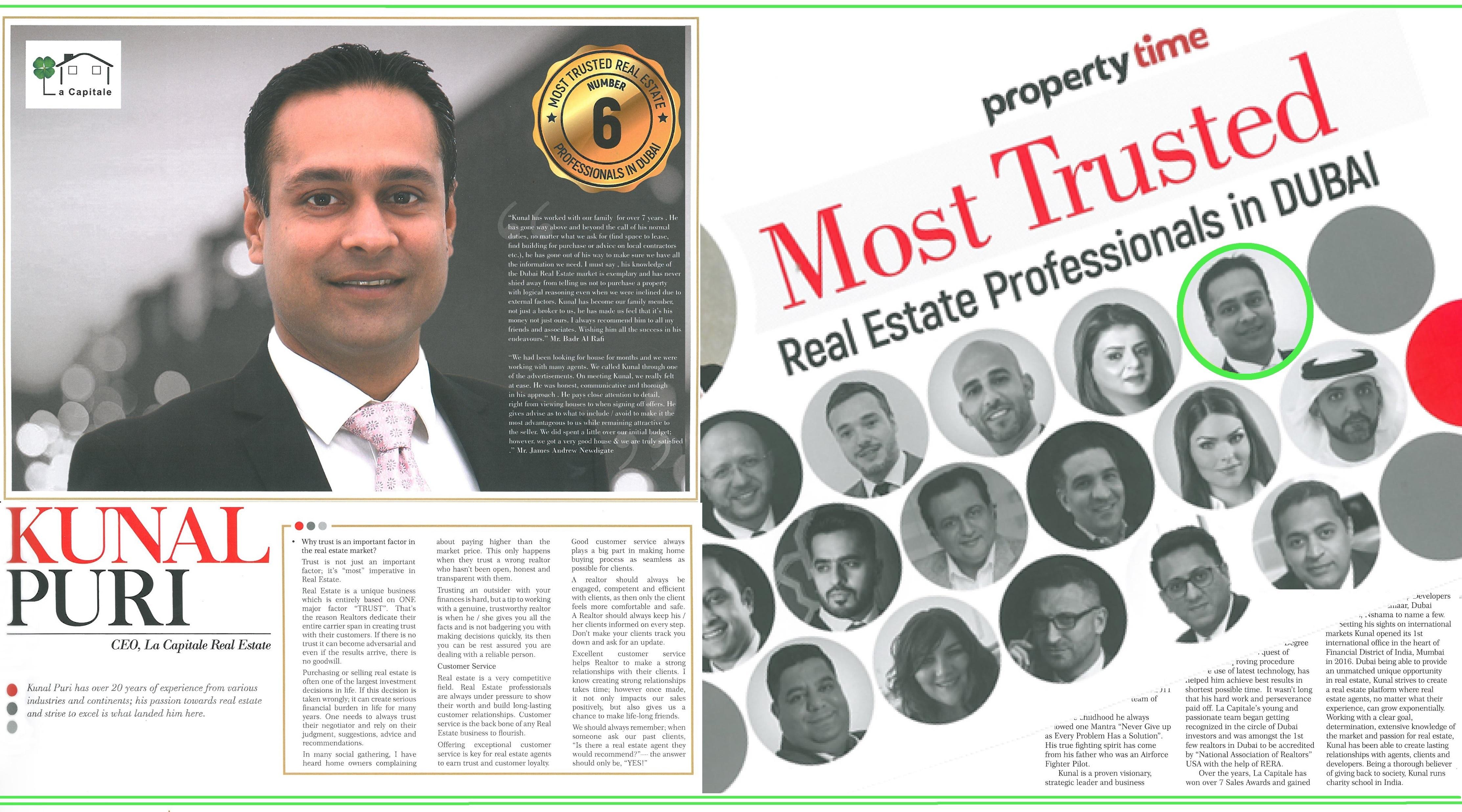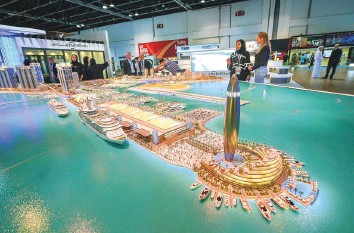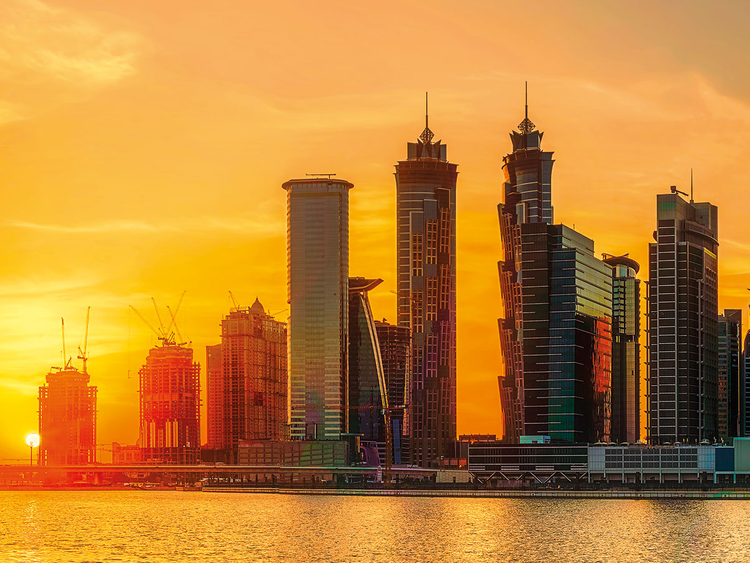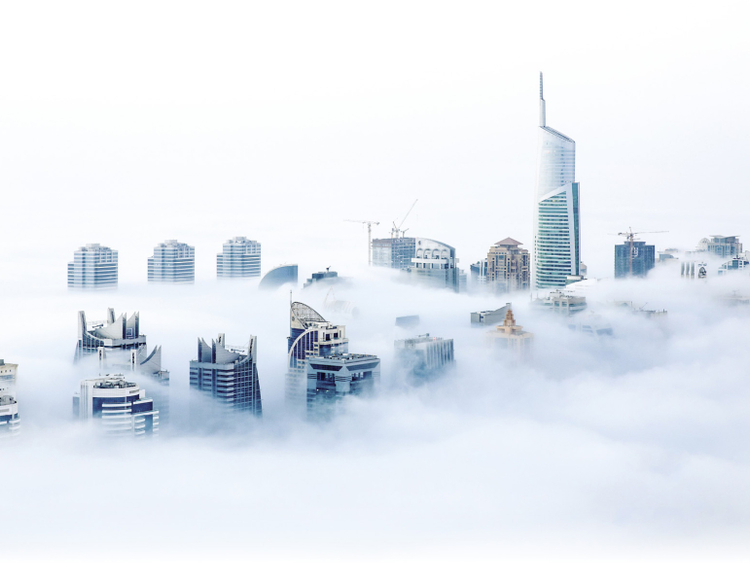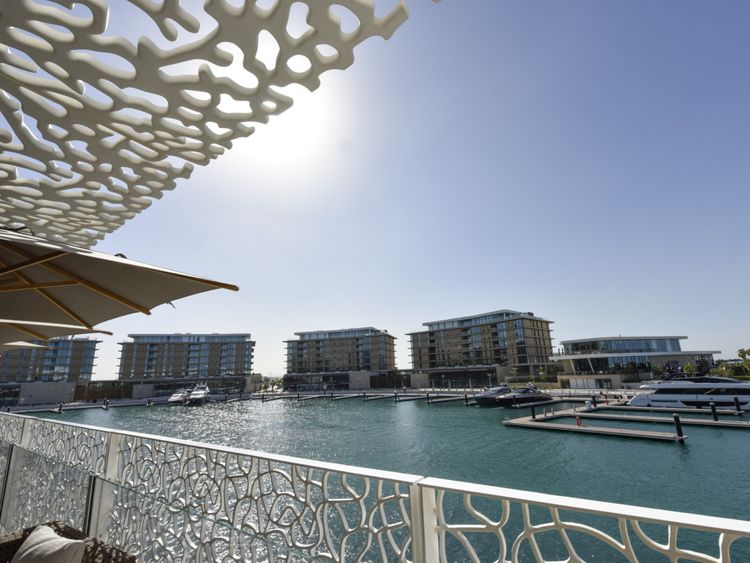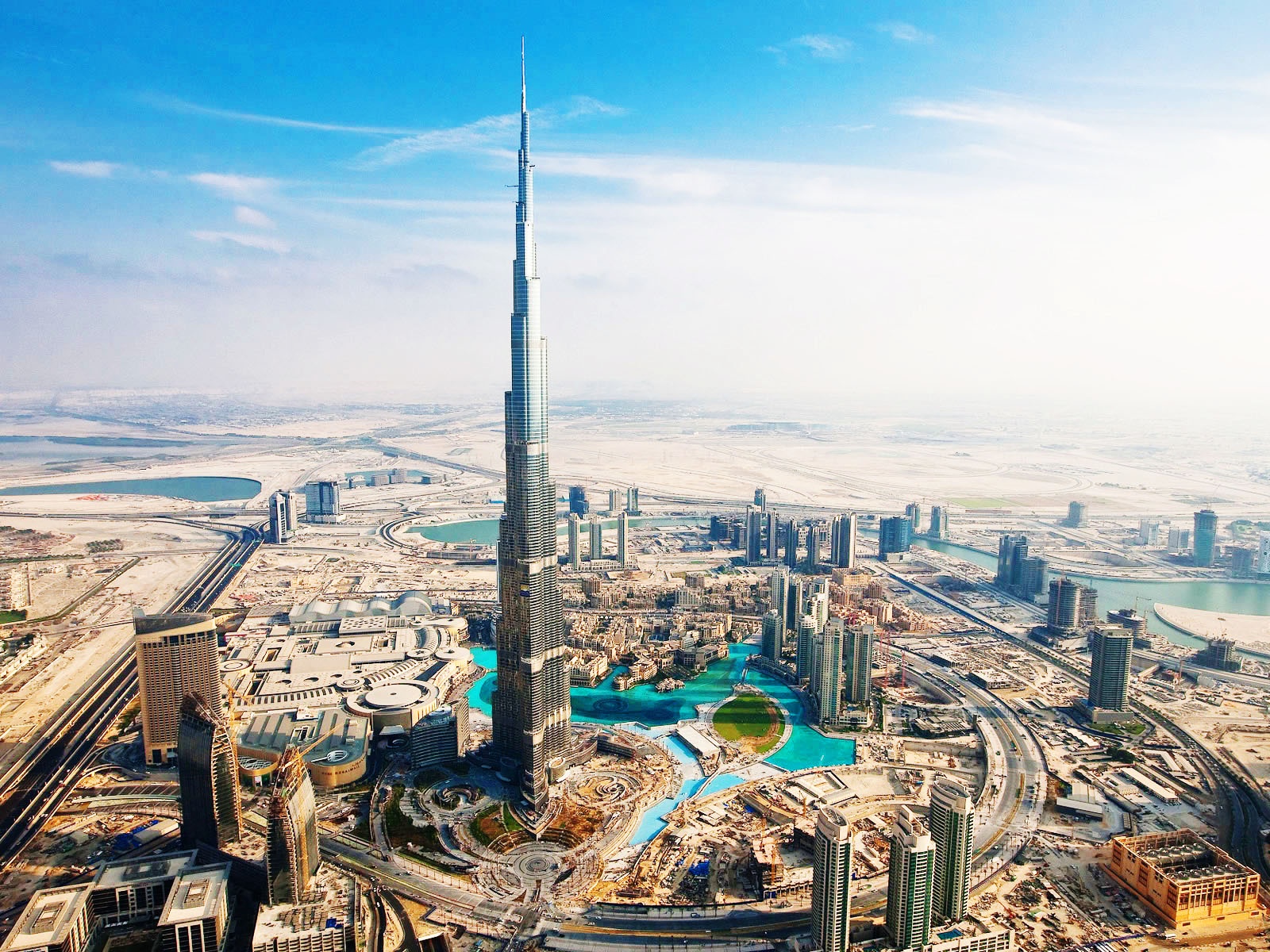Dubai’s premium penthouses: who’s buying?
The sale of ultra-premium penthouses in Dubai has been on the rise over the past few years.
Two of the most expensive units were sold last year — a 29,800-sq-ft penthouse at One Palm by Omniyat for Dh102 million and a 14,000-sq-ft, full-floor penthouse at the Bvlgari Resorts and Residences for Dh60 million.
There is certainly market activity, with unit prices ranging from Dh10 million to over Dh100 million, says
Lewis Allsopp, CEO of Allsopp & Allsopp. He notes that there are now a good number of premium options as developers see a rise in interest from new buyers. “In Marina Gate there are beautiful penthouse apartments with floor-to-ceiling windows with views over the Marina & Emirates Golf Course,” says Allsopp.
An emerging strategy is to add “ultra-premium penthouses” within hotel developments. “With a hotel development, you get the spas, private beach access for those on the Palm, restaurants, cafés, bars etc., offering the best of a luxury lifestyle within your own home,” says Allsopp.
“Also, owners can let the hotel know about their arrival beforehand so the hotel prepares the apartment and the owners just have to turn up and enjoy their stay.”
Statement of luxury
Kunal Puri, group CEO and managing director of La Capitale Real Estate, considers penthouses as the Rolls Royce of luxury residences: regardless of market condition, there will always be buyers.
“In past three to four years, the demand for penthouses has surged so high that it has pushed most of the developers to make penthouse levels rather than traditional one or two penthouses on the highest floor,” says Puri. “Penthouses are a statement of luxury that offer a very exclusive lifestyle. Apart from the best views on the highest floor of the building, the resident can also enjoy the ample space and unique privacy it offers in the sky. The limited availability of penthouses in a building also works as a unique investment proposition.”
Additions
Penthouse buyers generally request all sorts of additions or changes to a unit, from changing the kitchen sink’s position to adding a sizable swimming pool on the roof terrace.
These buyers typically purchase a unit in the early stage of construction. At One Palm, which already has three swimming pools, the penthouse buyer had requested a 20m private lap pool on the rooftop of the penthouse. Omniyat accommodated the request as it continued the project build.
New buyers
While the penthouse market was traditionally dominated by well-established business owners and high-level executives, the past two years have seen a lot of interest from young ultra-high-net-worth individuals (UHNI). “With the constant increase in the number of UHNI in society, this new trend would keep its momentum,” says Puri.
“Therefore, over the past two to three years, most of the penthouses offered by developers are in premium buildings that are the perfect host to the right clientele.”
Knollman agrees the luxury penthouse market is on the rise, with most buyers preferring to live in a luxury building. “The preference is to live in a building where every apartment is of a certain size and value and all the units within that building can be considered penthouses that cater for people with similar budgets, wants and needs,” says Knollman. “This is why Le Reve is the premier luxury building in Dubai for so long. They discovered this idea back in 2006 and only recently developers have caught on.”
Accordingly, Knollman says many projects are now being conceptualised and executed differently. “In the past developers would think more about how they could fit as many units in a building as possible, and whatever room was left at the top would become the penthouse,” he says. “This meant that the space, layout and design of the penthouses were very inefficient. However, in the last couple of years, a few developers seem to be eliminating these mistakes. They are providing luxury to the people who want it. This means spending more and bringing in the European brands and materials that everyone loves.”

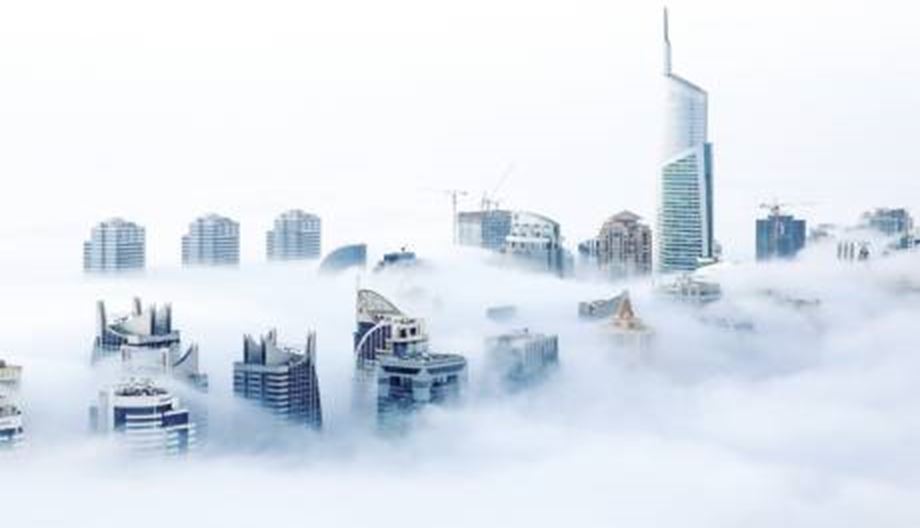

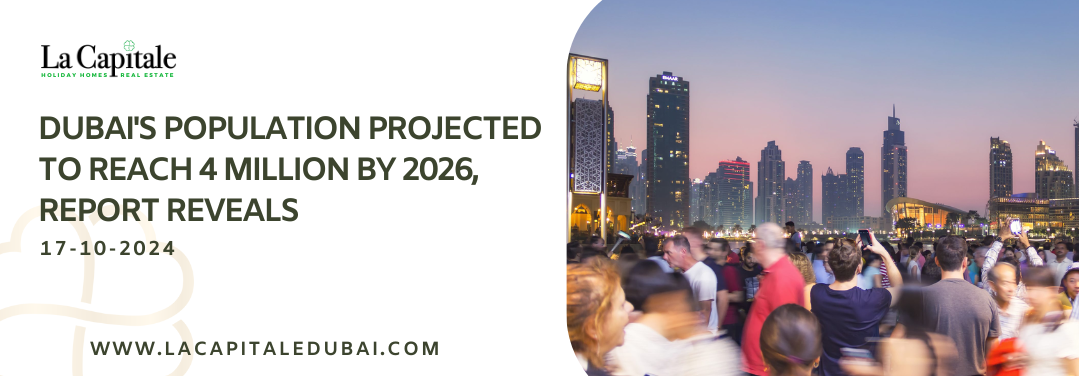
.jpg)
.jpg)
.jpg)
.jpg)
.jpg)
.jpg)
